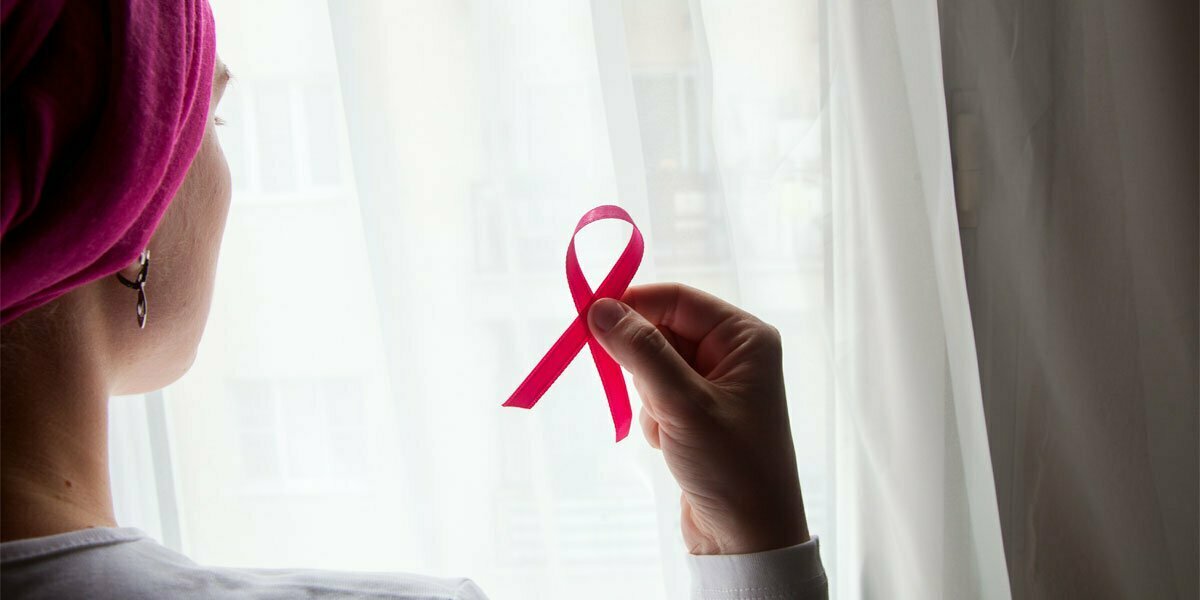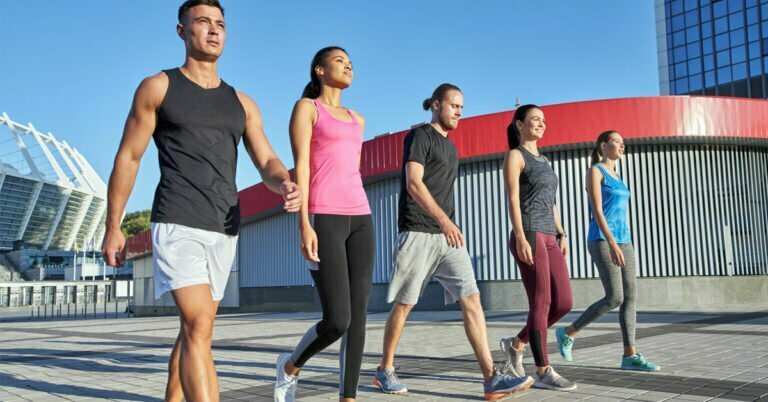Breast cancer may be undetected in its early stages. Mammography can often detect an anomaly even when a tumor is too small to be felt. If you are having symptoms that concern you, it is a good idea to have your healthcare provider do a breast exam. Here are five important things to know about breast cancer.
Prevalence of Breast Cancer in the US:
Breast cancer is diagnosed in around 264,000 women and 2,400 males annually in the United States.
In the United States, breast cancer kills about 42,000 women and 500 men annually.
Black women die from breast cancer at a higher rate than white women.[1]
What are the symptoms?
- A new lump or bulge in the breast that feels distinct from the surrounding tissue
- Breast discomfort
- Breasts with red or discolored, pitted skin
- Breast swells entirely or partially
- Other than breast milk nipple discharge
- Your nipple has a bloody discharge
- Nipple or breast skin that is peeling, scaling or flaking
- A rapid, inexplicable change in your breast shape or size
- Nipple inverted
- Alterations in the appearance of your breasts’ skin
- A bulge or bump under your arm
What are the risk factors for breast cancer?
- As you become older, your risk increases
- A history of breast cancer in the family
- A prior breast cancer diagnosis
- A prior benign (non-cancerous) breast lump
- Being tall or overweight[2]
- Consuming alcoholic beverages
How to prevent breast cancer?
- Breast self-examination might help you become more aware of your breasts. Women may opt to become acquainted with their breasts by performing a breast self-exam for breast awareness regularly. Talk to your doctor right away if you notice any new changes, lumps, or other strange signs in your breasts.
- If you must drink alcohol, do it in moderation. If you choose to drink, keep your alcohol consumption to no more than one drink daily.
- Most days of the week, you should exercise. On most days of the week, try to get at least 30 minutes of exercise. If you haven’t been active in a while, consult your doctor and begin slowly.
- Limit hormone therapy after menopause. Breast cancer risk may be increased by using a combination of hormones. Discuss the advantages and disadvantages of hormone therapy with your doctor.
- Keep your weight in check. If your weight is healthy, make an effort to keep it that way. If you need to reduce weight, speak with your doctor about appropriate ways. Reduce the calories you consume daily and gradually increase your physical activity.
- Choose a nutritious diet. Breast cancer risk may be lowered in women who follow a Mediterranean diet supplemented with extra-virgin olive oil and mixed nuts.
What are treatment options?
Several factors influence the most effective strategy, including:
- The type of cancer and its stage
- The hormone sensitivity
- Age, overall health, and personal preferences
The following are the main therapeutic options:
- Radiation treatment
- Surgery
- Targeted medication therapy or biological therapy
- Hormone replacement treatment
- Chemotherapy
What are the advantages of remote patient monitoring for breast cancer patients?
Remote Patient Monitoring (RPM) is continuously evolving as it covers more diseases and health conditions.
Common breast cancer symptoms such as pain, exhaustion, loss of appetite, dehydration, nausea, vomiting, constipation, diarrhea, anxiety, and depression can now be easily documented by RPM, thanks to technological advancements. Vital signs of patients can be tracked in real-time using medical devices.
Furthermore, instructional materials can be presented to the patient successfully, informing them of their clinical state and treatment plan, reducing anxiety, and improving self-management in breast cancer patients. Remote patient monitoring can also provide a safety net for patients who are having trouble at home but don’t want to disrupt their care team or make an in-person appointment.
RPM can help monitor and transmit health data to your breast cancer doctors to monitor symptoms and side effects. To date, it can’t replace a physical exam and can’t be used solely for your health management and treatment. Find out when it is best to use RPM with your healthcare provider.
What to know more about the pivotal uses of remote patient monitoring on cancer patients? Click here.
References
- “Basic Information About Breast Cancer | CDC.” Centers for Disease Control and Prevention, www.cdc.gov, 18 May 2022, Breast Cancer Basics.
- “Being Overweight.” Being Overweight, www.breastcancer.org, 29 June 2022, https://www.breastcancer.org/risk/risk-factors/being-overweight.








